Some may say there is no secret to living the tiny life, you just downsize, sell or give away the things you no longer want for the move and voila, you’re good to go. But the truth is, depending on the amount of home you are downsizing from, this process can definitely take some time. Prior planning will definitely prevent poor performance when it comes to living tiny. Here are a few quick tips to help get you on your way.
STORAGE
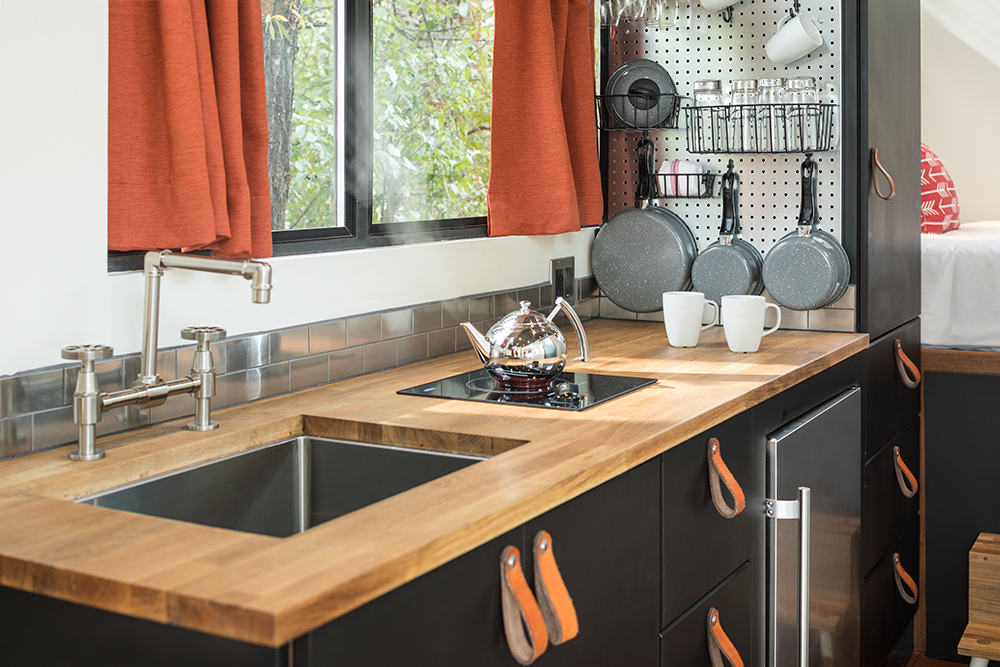
This is a big one and a detail you certainly don’t want to miss or skimp on. Anywhere and everywhere you can find clever ways to store your stuff will be life savers to your tiny home life. The kitchen is a great place to start when it comes to storing things. Probably one of the rooms with the most storage next to the bedroom, you’ll want to maximize its potential to make life in the most lived room well, livable. Hanging your pots and pans, using wall space with a magnetic strips for your kitchen knives and tools as well as having a well placed, well stocked cupboard will help immensely. If there is room in your design for overhead storage or shelving, do it, utilizing that space in the kitchen will make cooking and preparing meals in that space a lot easier.
ORGANIZATION
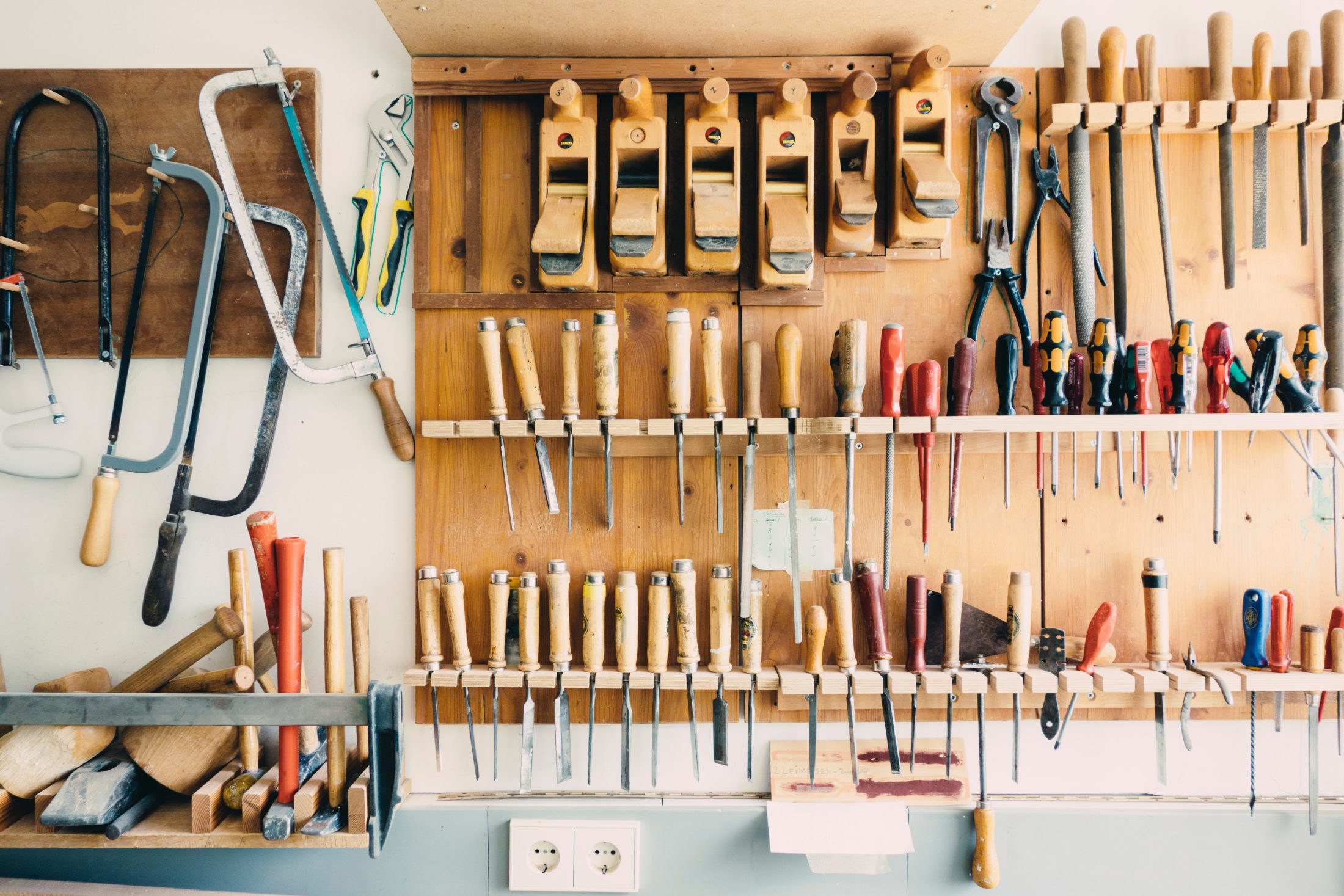
For most of us, staying organized is a chore all its own. When you decide to live the tiny live, if you’re not organized, you better find a way to be, or your tiny home experience has a big chance of getting chaotic. Organizing your spaces in your tiny home will allow you to know where everything is that you need when you need it. We usually end up pilfering through endless drawers and plastic bins to find the tool or equipment we need but in a tiny home, you may not have that luxury. This is why it’s important to be, and stay, organized. One of the best ways to accomplish this is to make a list of the items you need for each room, then organize them before the move.
FURNITURE | THINK SMALL, HIDE-AWAY
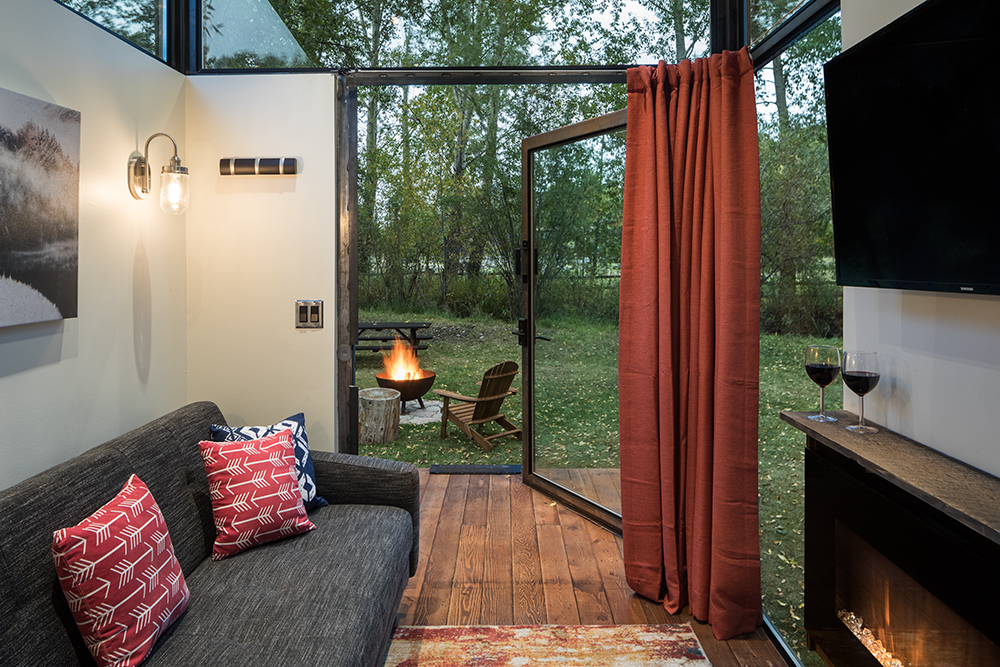
Items having more than one use are a huge benefit to the tiny living lifestyle. Sofa beds being the number one addition, you can also have furniture pieces that act as lamp stands and storage at the same time, or tables that fold up into the wall that can come down and be a table for anything, dinner, homework, family time, you name it. These are just a few examples but if your pieces can store away, that’s even better and less headache.
MAXIMIZE VERTICAL SPACES & CORNERS
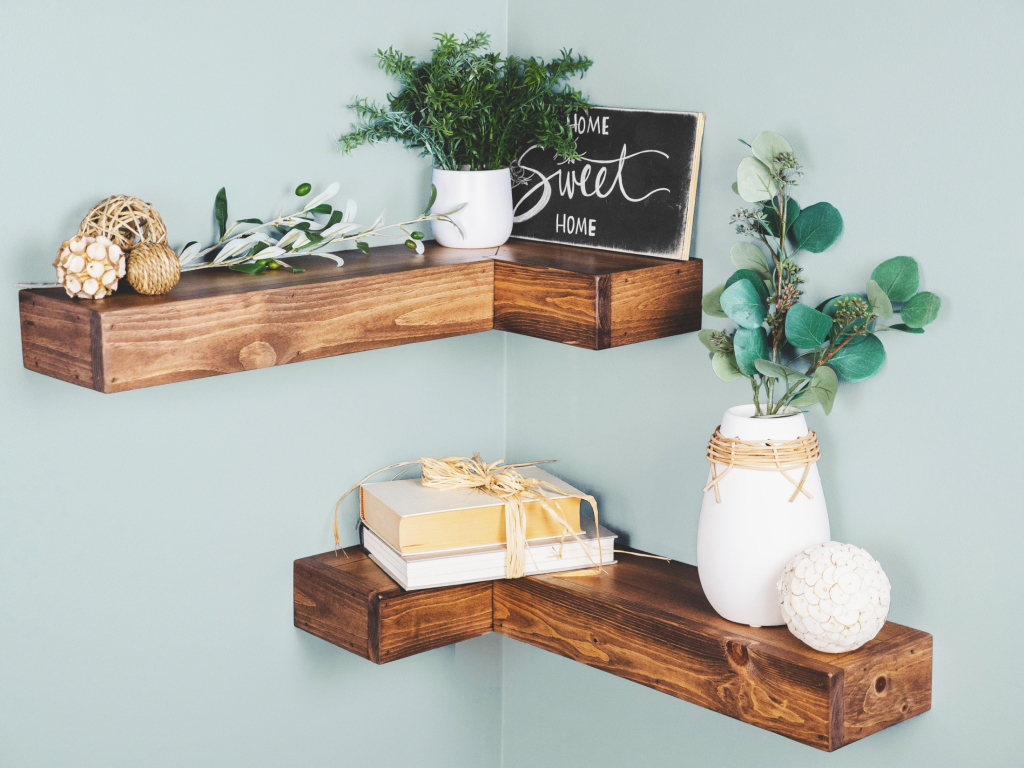
We can’t emphasize this enough as when we live in bigger homes, we have room to spread out and we don’t really think to use our walls the way you may utilize them in a tiny home. Vertical shelving is a must in most areas. From your kitchen to the bath and bedrooms, you can have fun with your shelving and get creative. Incorporate the corners for even more storage space. You can also combine your design of the two. Mixing things up with a little wall shelving into the corners can make for a brilliantly designed room and home.
CONSIDER BUNK BEDS
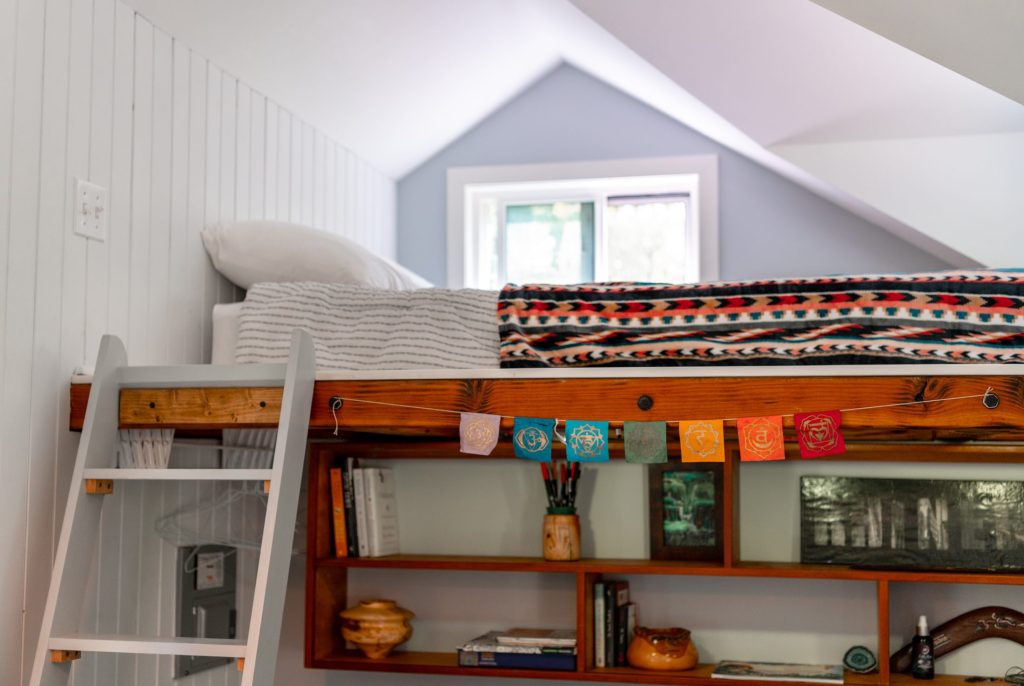
For a lot of us, we don’t think about bunk beds past our teenage years. In college, a lot of students have loft beds with their work spaces underneath. This saves a ton of space and adds a work area to a spot that would normally be taken up by a mattress. Remember when we talked about furniture that has more than one use, well here you’ve got a piece that may only have one use, sleeping, but provides an open space underneath to be used as something else so it provides in multiple ways. Bunk beds for kids and even adults can be a cleverly useful way to free up spaces for other things in a tiny home.
DON’T EXPECT PERFECTION
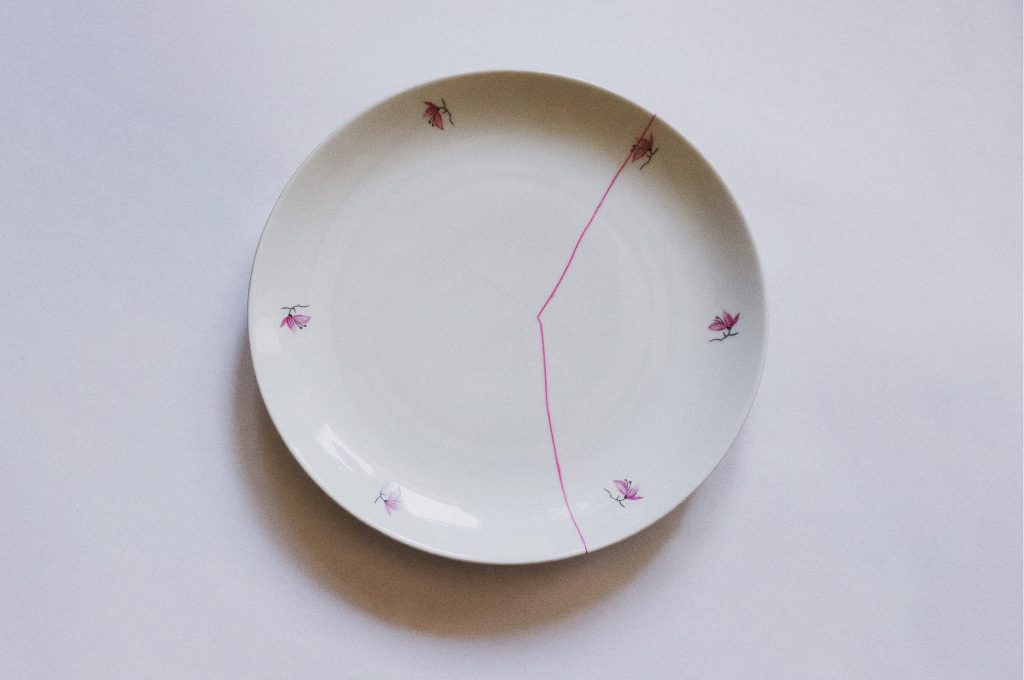
The last thing you want to ever do is try to make things, “perfect,” in your new tiny home. Imperfections become the new perfect in tiny home living. This doesn’t mean that you have to live with broken hardware or drawers fit for Santa’s Elves, but you will have to be up for compromising and getting creative with your spaces. Most people will come to realize that there is more room out of the house than in the house and so therefore, a gradual lifestyle change begins to occur. This change often allows people to make their homes their place of comfort for when they’re not out and about in the world.

